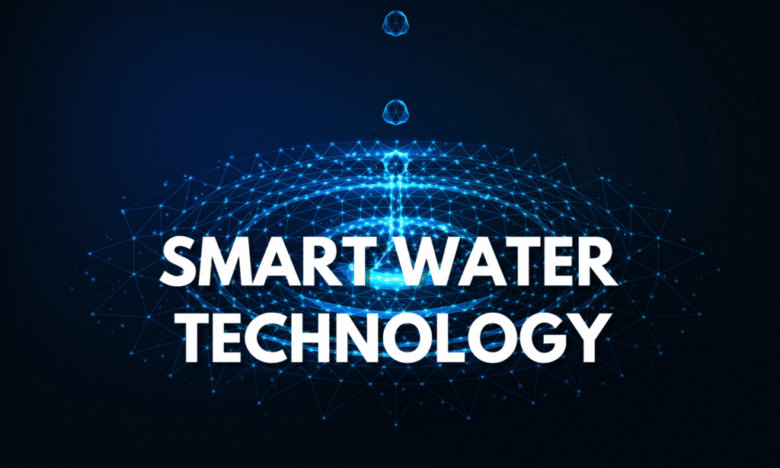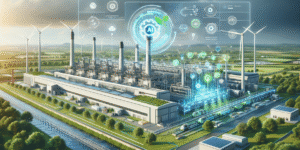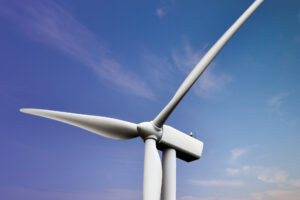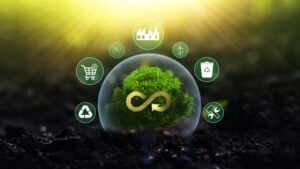Water scarcity affects over 2 billion people worldwide, yet traditional water management systems waste approximately 30% of treated water through inefficient distribution and outdated infrastructure. As climate change intensifies and global populations grow, the need for innovative water conservation solutions has never been more urgent.
Smart water management represents a revolutionary approach to addressing these challenges. By integrating Internet of Things (IoT) sensors, artificial intelligence, and real-time data analytics, these systems transform how we monitor, distribute, and conserve water resources. From detecting leaks within minutes to optimizing irrigation schedules based on weather patterns, smart water technology offers unprecedented control over our most precious resource.
This technological evolution promises to reduce water waste by up to 50% while lowering operational costs and improving service reliability. As cities and industries grapple with increasing water demands and environmental regulations, smart water management emerges as both an economic necessity and an environmental imperative.
Current State of Water Management
Most water systems today rely on infrastructure designed decades ago, operating with limited visibility into actual usage patterns and system performance. Municipal water departments often discover leaks only after significant damage occurs, sometimes losing thousands of gallons before repairs begin. Traditional meters require manual readings, creating delays in detecting abnormal consumption and billing inaccuracies.
Agricultural irrigation, which consumes 70% of global freshwater, typically follows predetermined schedules regardless of soil moisture levels or weather conditions. This approach leads to overwatering in some areas while other crops receive insufficient hydration. Industrial facilities face similar challenges, with many lacking real-time monitoring of their water consumption across different processes.
The financial impact of these inefficiencies extends beyond wasted water. Utilities spend billions annually on emergency repairs, while customers face unexpected high bills due to undetected leaks. Environmental consequences include depleted aquifers, reduced stream flows, and increased energy consumption for water treatment and distribution.
How Smart Water Management Works
Smart water management systems create a network of connected devices that continuously monitor water flow, pressure, quality, and usage throughout distribution networks. Advanced sensors installed at key points collect data every few seconds, transmitting information wirelessly to central management platforms. Machine learning algorithms analyze this data to identify patterns, predict maintenance needs, and optimize system performance.
These systems integrate multiple technologies to provide comprehensive water oversight. Pressure sensors detect sudden drops that indicate leaks, while flow meters track consumption patterns to identify anomalies. Water quality monitors ensure safety standards are maintained throughout the distribution network. Smart valves can automatically adjust flow rates based on demand or emergency conditions.
Artificial intelligence plays a crucial role in processing the vast amounts of data generated by these sensors. AI algorithms learn from historical usage patterns, weather data, and seasonal variations to predict future demand and optimize resource allocation. This predictive capability enables proactive maintenance, preventing costly emergency repairs and service disruptions.
Benefits of Smart Water Management
Water conservation represents the most significant advantage of smart management systems. Real-time leak detection can reduce water loss by 25-50%, while optimized distribution reduces waste throughout the network. Smart irrigation systems adjust watering schedules based on soil moisture, weather forecasts, and plant needs, reducing agricultural water consumption by up to 30%.
Cost savings extend across multiple areas of operation. Utilities report 15-20% reductions in operational expenses through improved efficiency and reduced emergency repairs. Predictive maintenance prevents costly equipment failures, while automated processes reduce labor requirements. Consumers benefit from more accurate billing and early leak detection that prevents property damage.
Environmental benefits include reduced strain on water sources and decreased energy consumption. Smart systems optimize pump operations, reducing electricity usage for water distribution by 10-15%. More efficient water use helps preserve aquifers and surface water sources for future generations while supporting ecosystem health.
Challenges and Opportunities
Implementation costs present the primary barrier to widespread adoption of smart water management. Initial investments in sensors, communication infrastructure, and software platforms can be substantial, particularly for smaller utilities and municipalities. However, payback periods typically range from 3 to 5 years through operational savings and reduced waste.
Cybersecurity concerns require careful attention as water systems become increasingly connected. Protecting critical infrastructure from cyber threats demands robust security protocols and regular system updates. Privacy considerations around detailed usage data also need addressing through transparent policies and secure data handling practices.
Technical challenges include integrating new smart systems with existing infrastructure and training personnel to operate advanced platforms. Rural areas may face connectivity issues that limit real-time monitoring capabilities. Standardization across different vendors and systems remains an ongoing challenge for seamless integration.
The Future of Water Conservation Tech
Emerging technologies promise even greater advances in water conservation. Satellite monitoring combined with AI can detect leaks across vast networks without physical infrastructure. Advanced materials enable sensors that last longer and require less maintenance. Blockchain technology could revolutionize water trading and allocation in water-scarce regions.
Artificial intelligence will become more sophisticated, predicting demand patterns months in advance and optimizing entire watershed management. Digital twins of water systems will enable virtual testing of improvements before implementation. Integration with smart city platforms will create holistic approaches to resource management.
The development of ultra-low-power sensors and improved battery technology will expand monitoring capabilities to remote areas. 5G networks will enable faster data transmission and more responsive system controls. Cloud computing advances will make powerful analytics accessible to smaller utilities without significant infrastructure investments.
FAQs
1. How much can smart water management reduce water consumption?
Smart water management systems typically reduce water waste by 25-50% through leak detection and optimized distribution. In agricultural applications, smart irrigation can reduce water consumption by 20-35% while maintaining or improving crop yields.
2. What is the typical payback period for smart water management investments?
Most smart water management systems pay for themselves within 3-5 years through reduced operational costs, prevented emergency repairs, and decreased water loss. Larger systems often achieve payback in 2-3 years due to economies of scale.
3. Are smart water systems vulnerable to cyber attacks?
Like all connected systems, smart water management platforms require cybersecurity measures. However, modern systems employ multiple security layers, including encryption, secure communications, and network segregation to protect against threats.
4. Can existing water infrastructure be upgraded with smart technology?
Yes, most smart water management solutions are designed to integrate with existing infrastructure. Retrofit installations can add monitoring and control capabilities without requiring complete system replacement.




